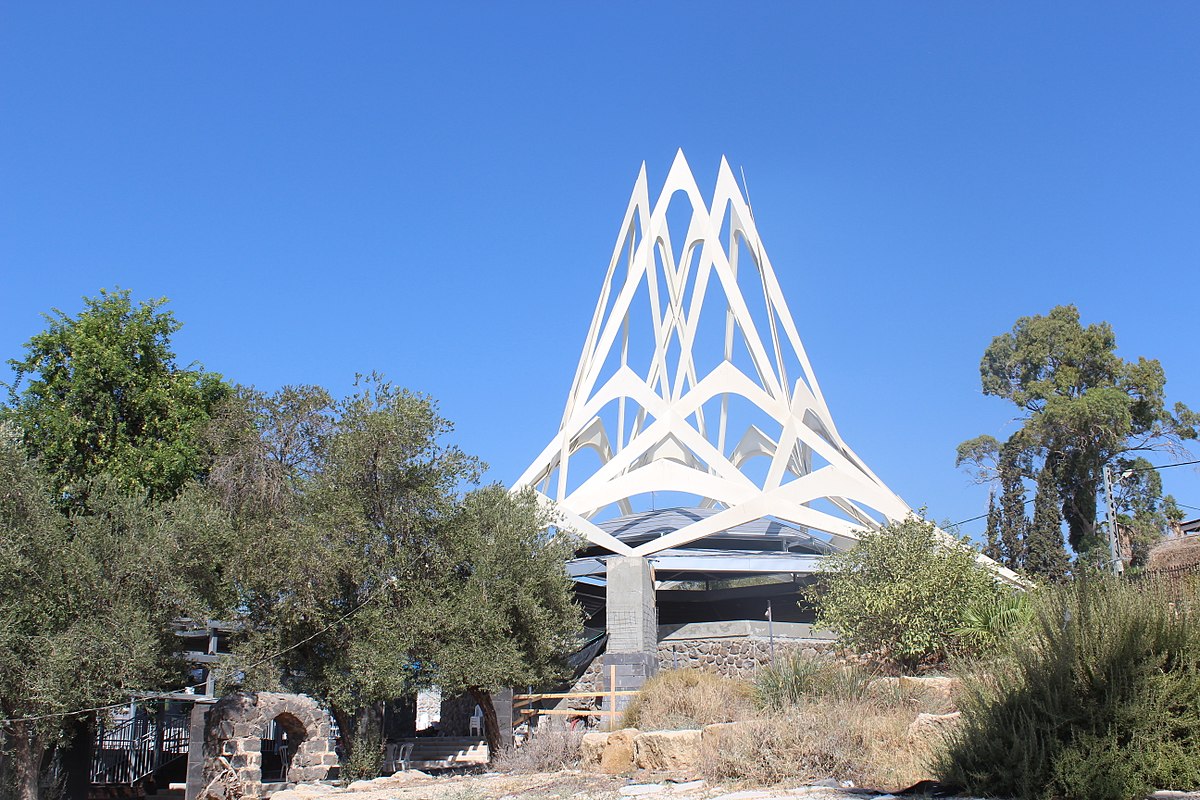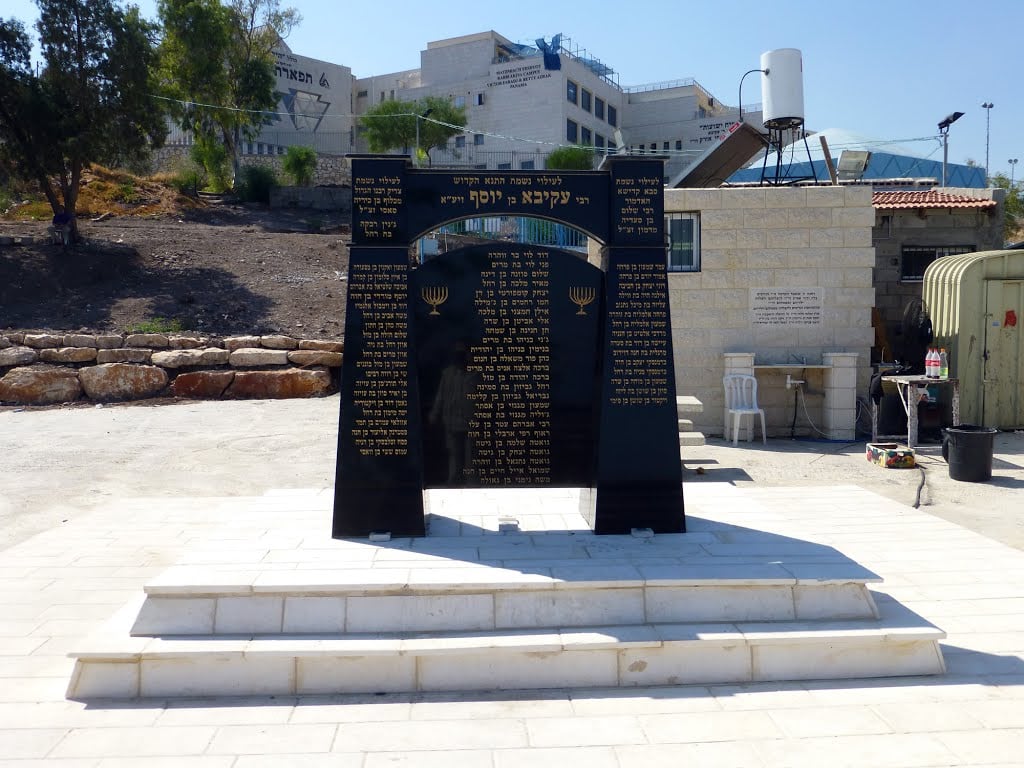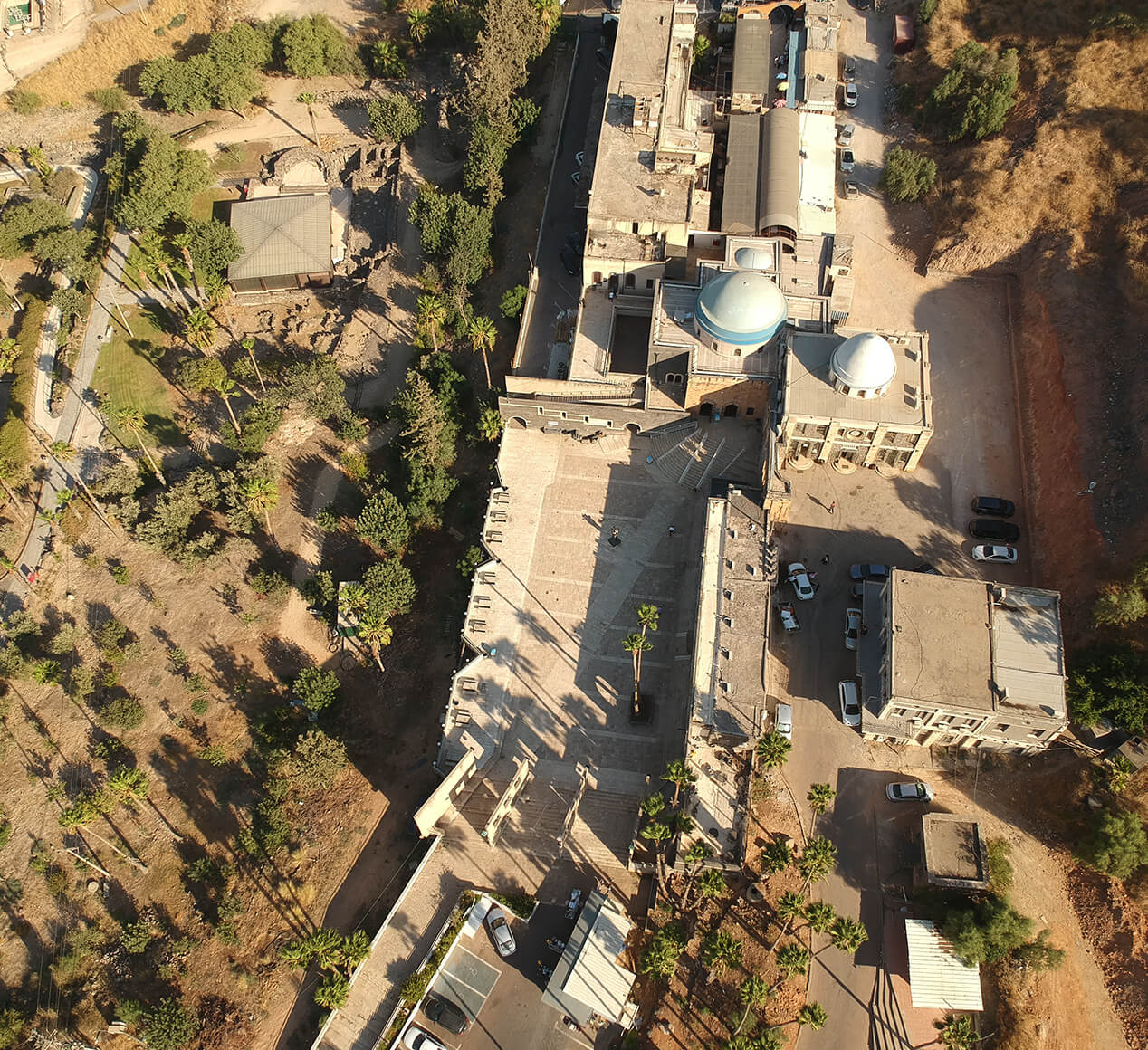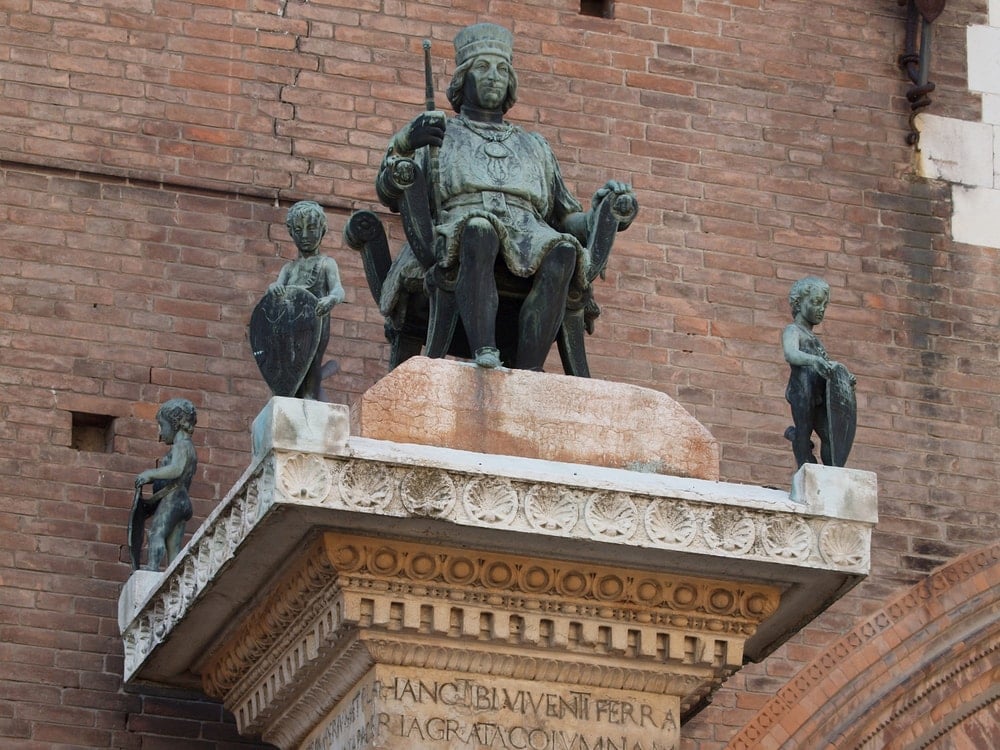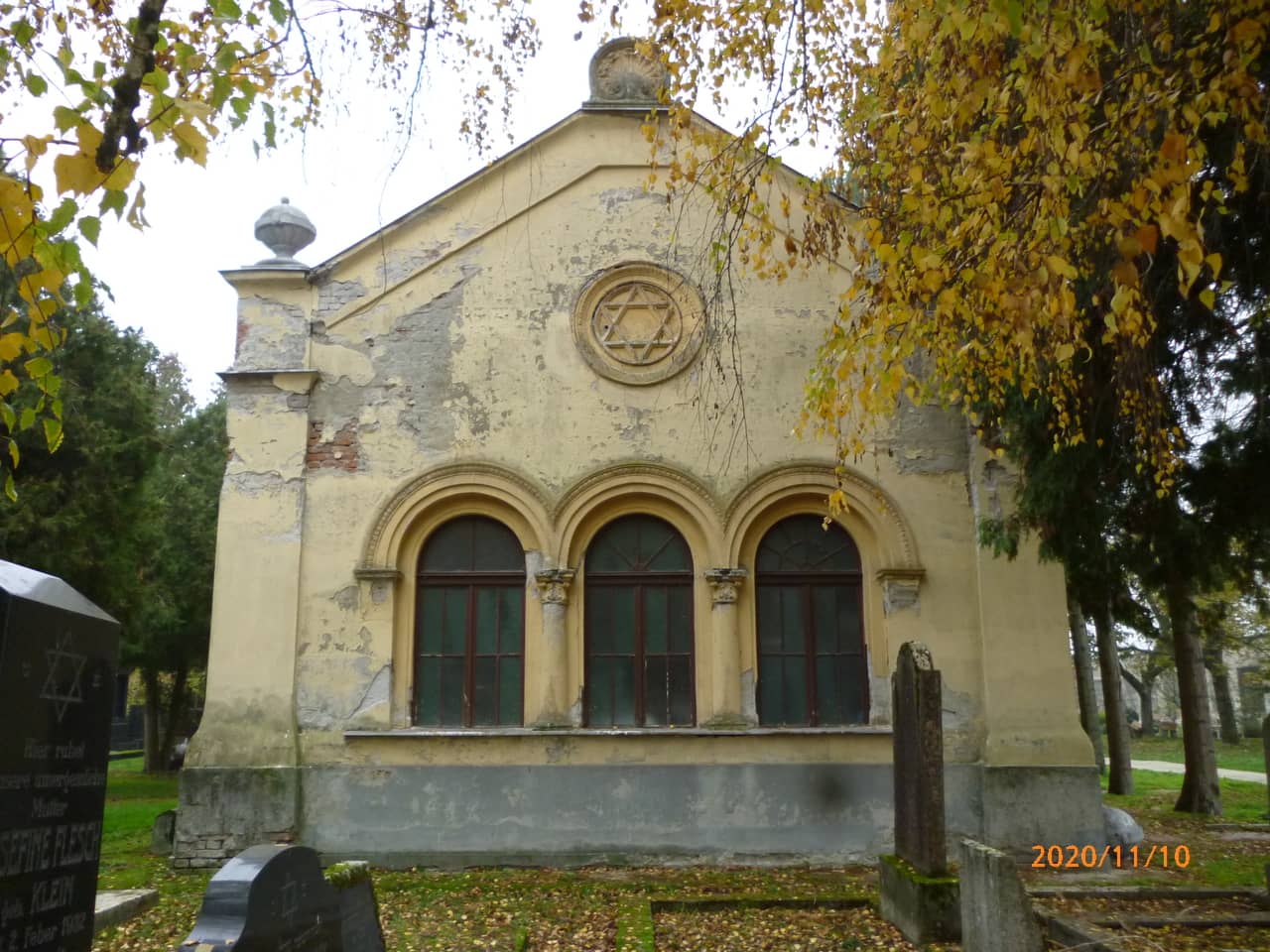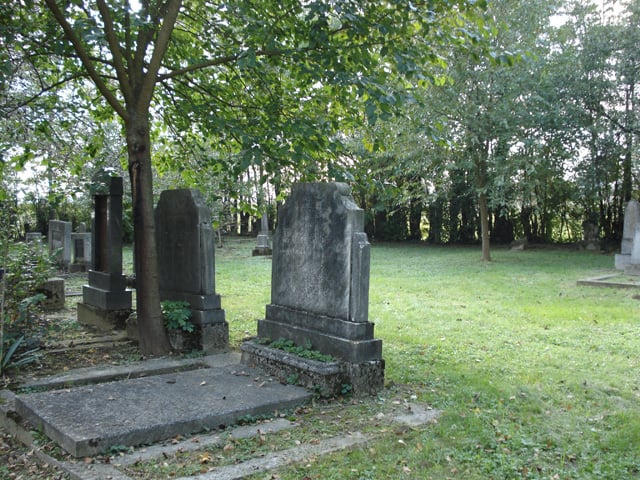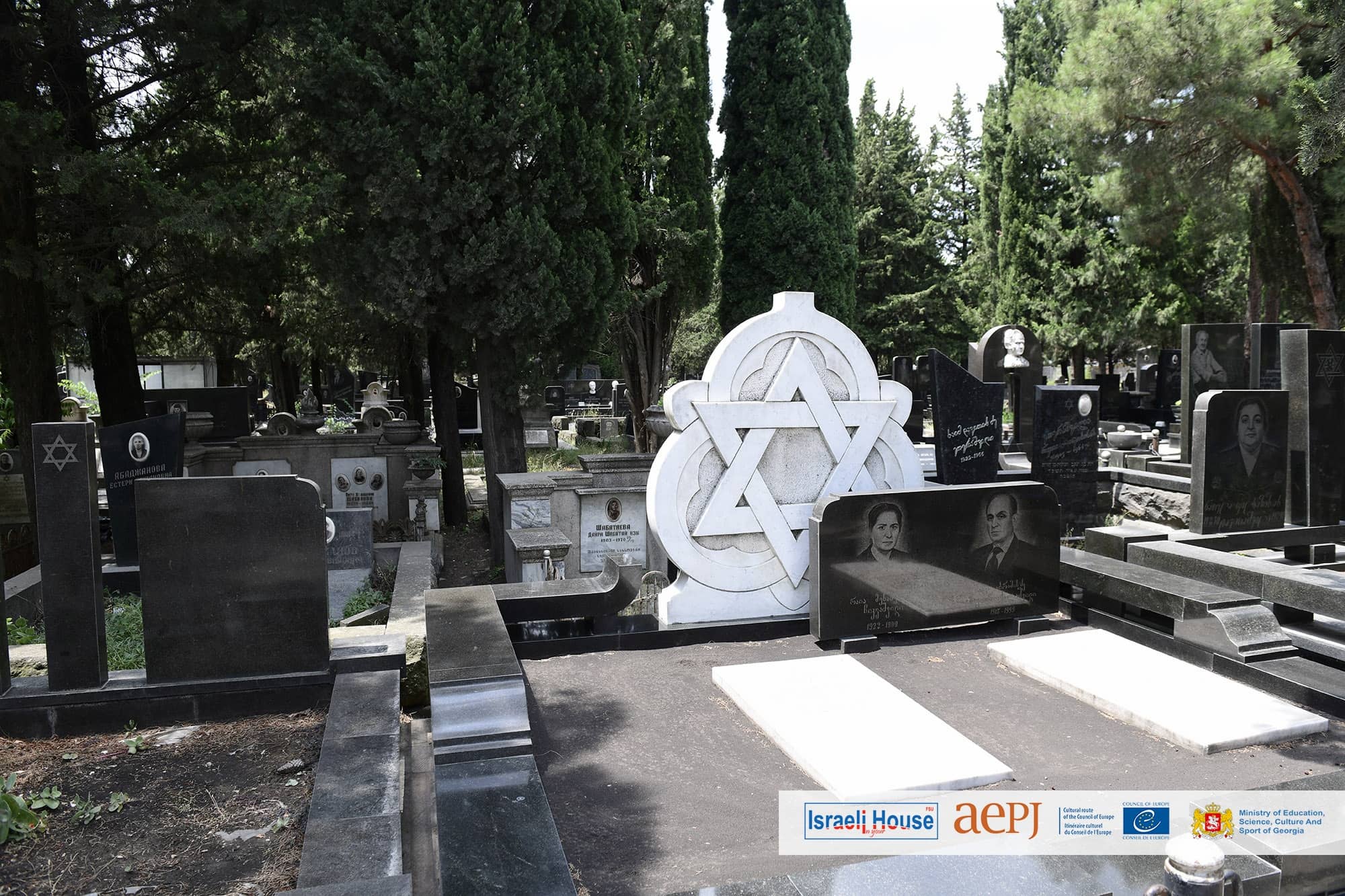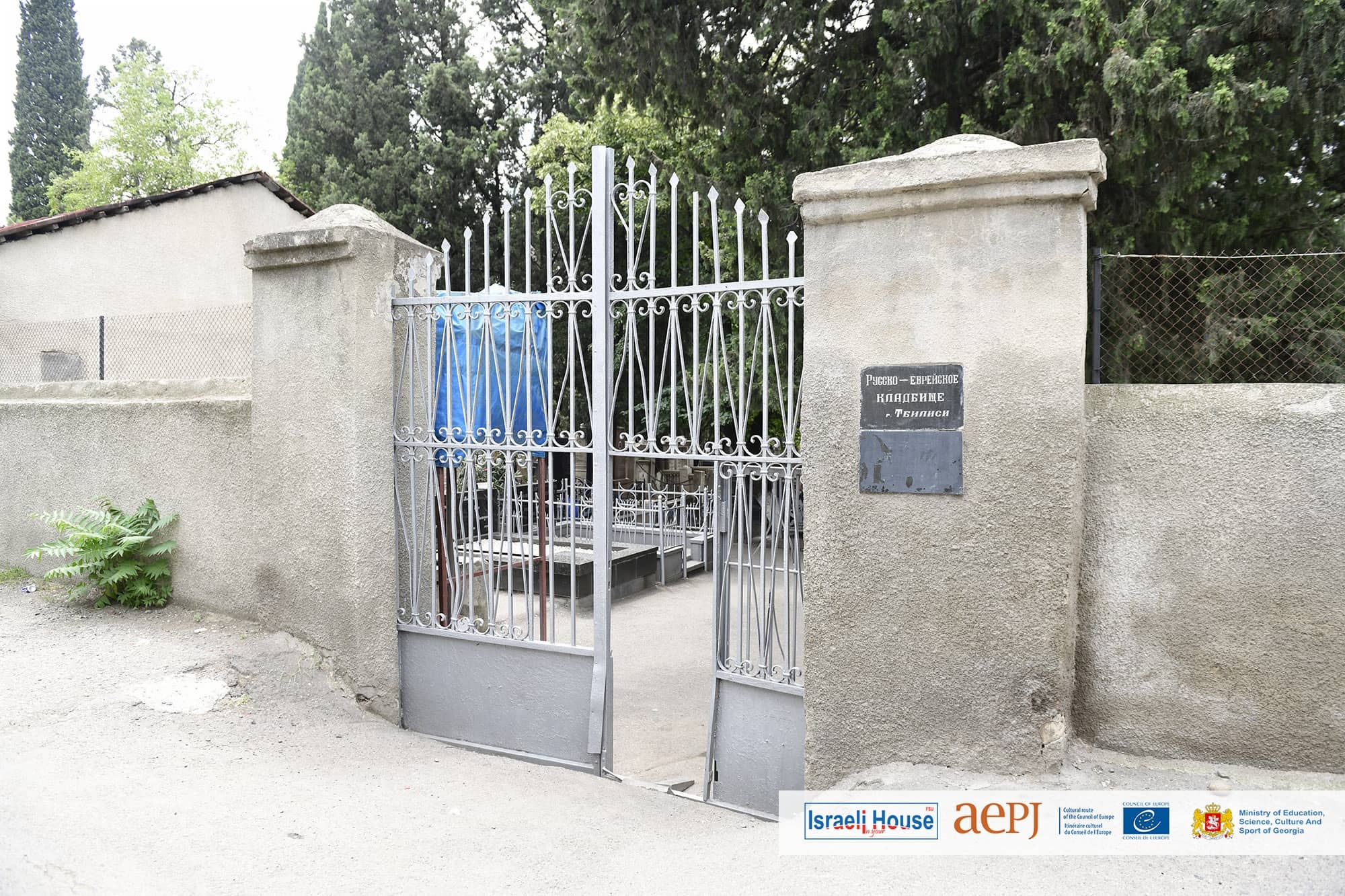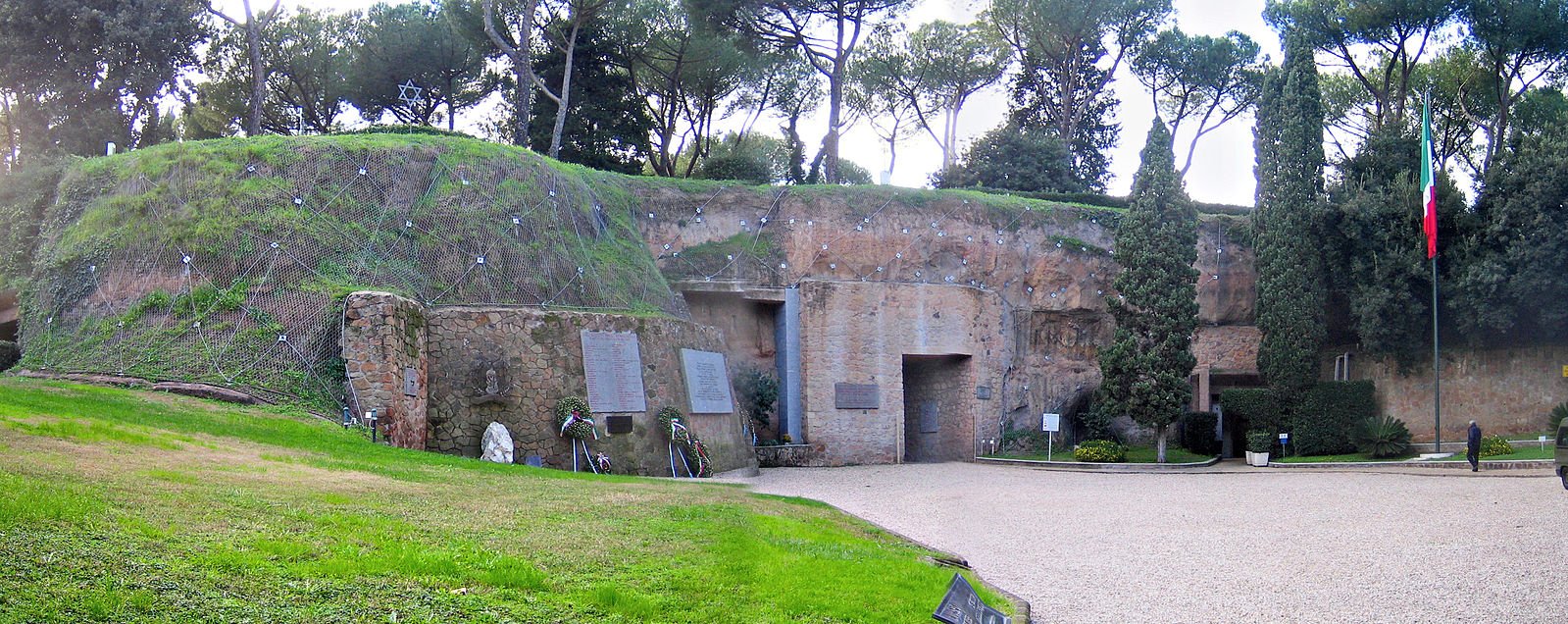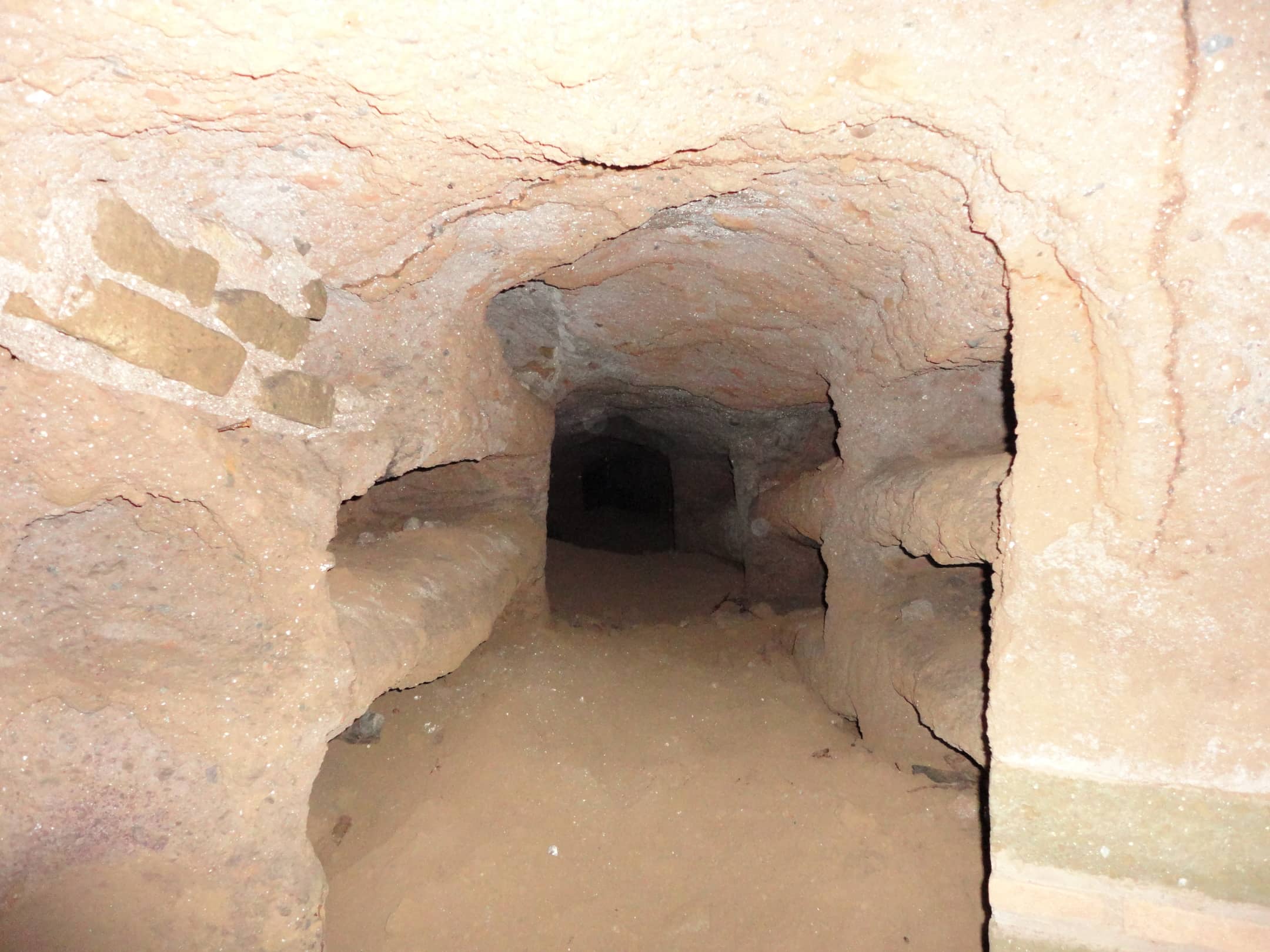According to Jewish tradition, the Tomb of Maimonides is in central Tiberias, on the western shore of the Sea of Galilee, Israel. Maimonides died in Fustat, Egypt on December 12th, 1204, where it is believed that he was briefly buried before being reinterred in Tiberias. The Tomb of Maimonides is one of the most important Jewish pilgrimage sites in Israel, and one of Tiberias’s most visited tourist attractions. The place of the tomb of Maimonides is also the burial place of Rabbis Yochanan ben Zakai and Isaiah Horowitz.
Site Tag: Jewish Grave
Tomb of Rabbi Akiva
Akiva ben Yosef, also known as Rabbi Akiva, was a leading Jewish scholar and sage, a tanna of the latter part of the first century and the beginning of the second century. Rabbi Akiva was a leading contributor to the Mishnah and to Midrash halakha. He is referred to in the Talmud as Rosh la-Hakhamim, “Chief of the Sages”.
As a leading Mishnaic sage (and teacher of Rabbi Meir Ba’al HaNess), Rabbi Akiva played a major role in establishing rabbinic (ie post–Second Temple) Judaism. He was tortured to death by the Romans because of his support for the Bar Kochba Revolt, his enthusiasm for resistance to the Romans was such that he declared Bar Kochba to be the Messiah.
A visit to Rabbi Akiva’s tomb in Tiberias is a chance to consider this great sage’s life and its significance for the Jewish people and all humanity.
Rabbi Akiva started out as a poor, illiterate shepherd. His wife Rachel married him against the wishes of her affluent father, who balked at Akiva’s lack of education.
Rachel encouraged and supported her husband’s utter devotion to Torah study and lived in abject poverty for twenty-four years. Akiva’s formal study of Torah did not begin until age forty, but his diligence, combined with his keen intellect, enabled him to become one of the foremost sages of the Mishnah with 24,000 students.
He supported the 2nd-century rebel leader Bar Kochba. He was arrested by the Romans and subjected to a horrifyingly painful death; he lovingly recited the words of the “Shema” at the end.
According to tradition, his body was miraculously transported to Tiberias for burial alongside his students who had died in a plague.
His tomb, on the mountainside behind the Kiryat Moshe neighborhood, overlooks Tiberias and the Kinneret, and has been a pilgrimage site since the early Middle Ages.
It became a special tradition to pray for rain at Rabbi Akiva’s tomb during drought years.
Among those who visited Rabbi Akiva’s Tomb was the famed kabbalist Rabbi Yitzchak Luria, the Ari Zal, making the site even more sacred.
Tomb of Rabbi Meir
About two thousand years ago, the divine Tanna Rabbi Meir Baal Hanes revealed the way to work salvation above the way of nature. He ordered the housekeeper of the prisoners to release his sister-in-law and if the guardians of the kingdom caught him he would say “Alka Damair Anani” and be saved, thus assuring him of the miracle of his rescue.
In all generations, the people of Israel have relied on the power of the righteous, holy and sublime Tanna – and have won many wonderful salvations in all areas: livelihood, mating, children, health, success and more.
The site of the holy Tanna Rabbi Meir Baal Hanes is in the city of Tiberias and has been an inexhaustible spring of blessings and salvation for every one of the children of Israel who came to beg God to win salvation and mercy, thanks to the Tanna in this holy place.
The Column of Borso d’Este
The column of Borso d’Este dates back to 1452: a squat bi-chrome marble column built as the base for a statue of the duke on his throne. Along with the monument to Marquis Niccolò III, it marks the entrance to what was historically the ducal court, through the “Volto del Cavallo” (the Horse’s Vault) archway.
It was damaged by a fire and restored in 1718 using marble taken from the tombstones in the Jewish cemeteries. The circumstances surrounding the event have never been fully understood: there are records of a sort of payment made to the Jewish community for the material, there is no mention of the fact that tombs were violated to build one of the city’s hallmarks.
It was reinforced in 1960 during which time it was possible to photograph and study the inscriptions, before the monument was reassembled.
Upper Town Jewish Cemetery
Established in 1850. It is classified as an individualy protected cultural heritage site. At this momemnt there are more than 500 graves
Lower Town Jewish Cemetery
Established in 1888. It is classified as an individualy protected cultural heritage site. At this momemnt there are between 150 and 200 graves
Dampalo Jewish Graveyard in Tbilisi
Nowadays, Tbilisi Jews bury their relatives at the Dampalo Graveyard, which is quite far from the center of the city and the city’s two functioning synagogues, specifically located on the outskirts of Tbilisi Varketili. The name “Dampalo” is related to the unsanitary condition which emerged because of the tradition of killing animals in the district. The graveyard is maintained by the city and members of Tbilisi’s Jewish community.
Ashkenazi Graveyard in Tbilisi
The Jewish Graveyard in Samgori Tbilisi is closed nowadays to new burials. Its activation is connected to the arrival of Ashkenazi Jews in Georgia in the XIX century. Many famous personalities from the Jewish Diaspora, including the grandmother of the former Israeli Premier Minister Ariel Sharon, are buried there.
Fosse Ardeatine Memorial
The place is associated with the years under Nazi occupation, and commemorates the massacre by the SS as retaliation for the Partisan attack in Via Rasella when thirty-two German soldiers were killed. On the evening of March the 24th, 1944, three hundred and thirty-five people were rounded up from the city’s prisons – among them, seventy-five Jews – and taken to Via Ardeatina, where they were slaughtered. The underground passages were then blown up to conceal traces of the massacre and the bodies were retrieved only after the war.
In the large area at the centre of the quarry stands the sculpture I Martiri (“The Martyrs”) by Francesco Coccia, made to commemorate the victims, represented by the figures of an artisan, an intellectual and a teenager, bound by the wrists (1950). An opening in the quarry wall leads to the route around the tunnels, and then to the Memorial built in 1949: it is a large tombstone, a vast cement slab held up by six pillars which covers the graves, all identical and in rows.
Image attribution: antmoose, CC BY 2.0
Catacombs of Vigna Randanini
The Vigna Randanini catacomb on the Via Appia is the only site currently open to visitors. The underground or hypogeal area is now accessed via a passageway which dates to the period between the 1st century B.C. and the 1st century A.D. The arcosolia (chambers with lowered vaulted ceilings) are thought to date from a later period, as is the black and white mosaic flooring.
Inside the catacomb loculi or tombs arranged along the walls, and kokhim, tombs that are perpendicular to the walls of the gallery, dug just beneath the floor, typical of the Middle East. Those at Vigna Randanini are the only example of such tombs in the Roman Jewish catacombs.
Along the various galleries, other burial spaces are organized into cubicula (chambers for multiple burials). Richly frescoed, only some of them show symbols from the Hebrew tradition; indeed, some of them, decorated with motifs commonly found in other Roman catacombs, originate from a period prior to their use by the Jewish community (3rd – 4th centuries), and are thought to have been incorporated after they were no longer in use.
